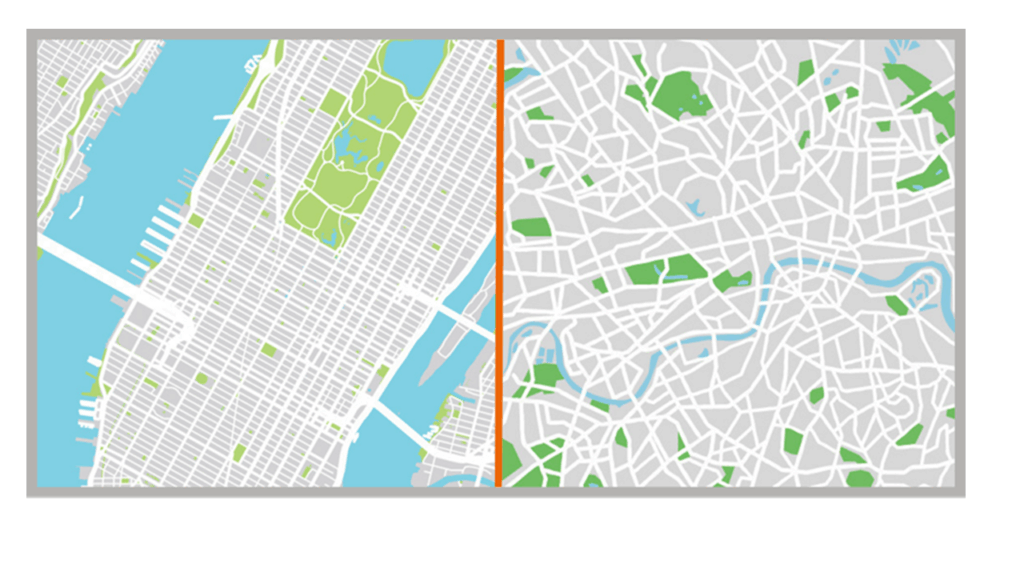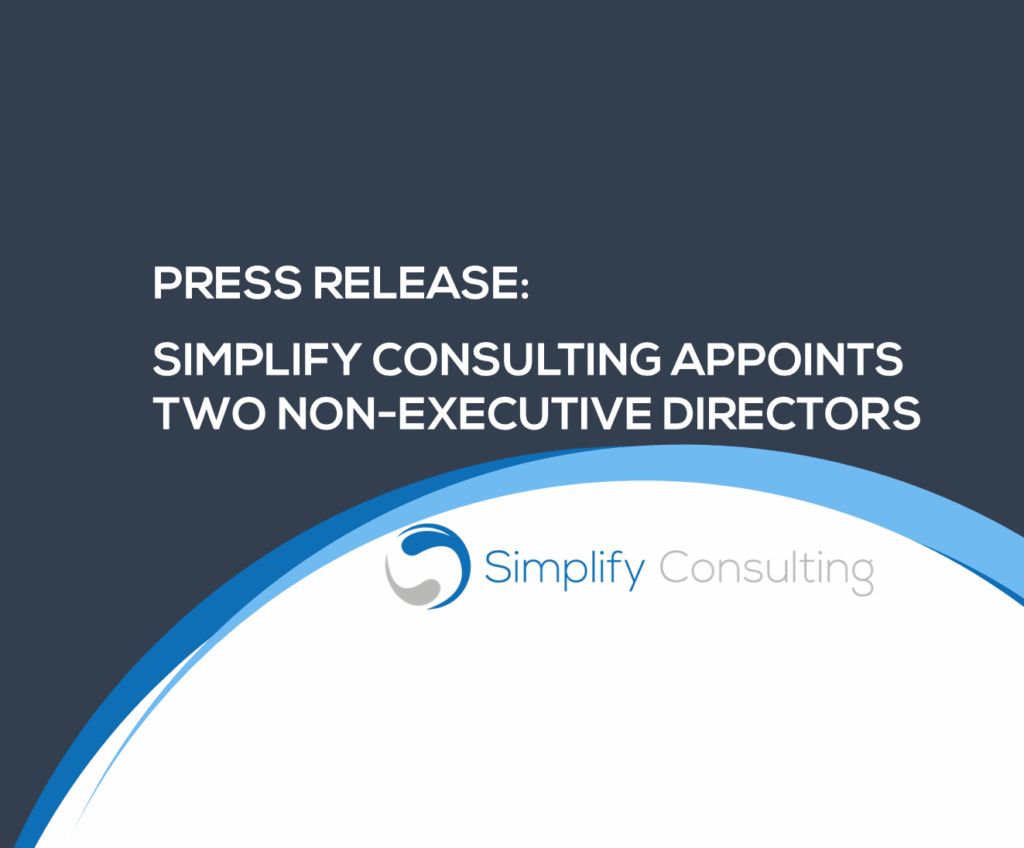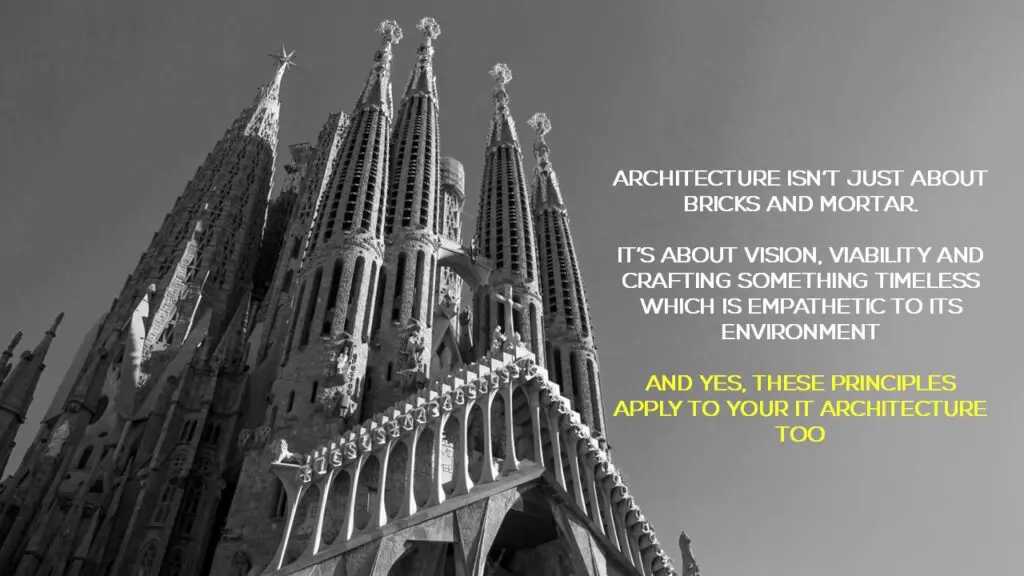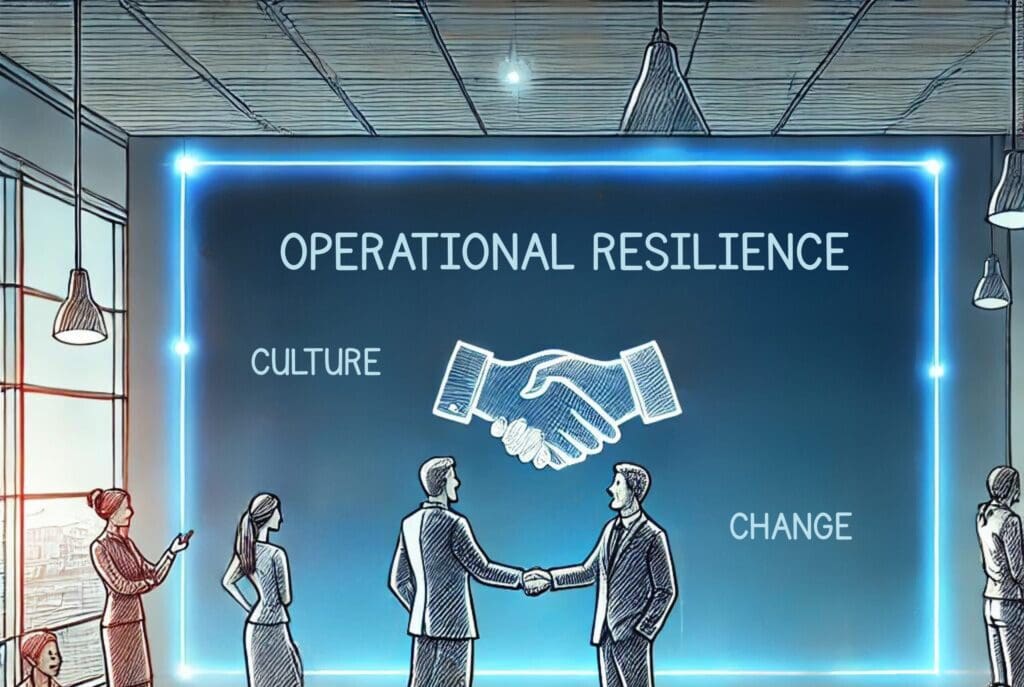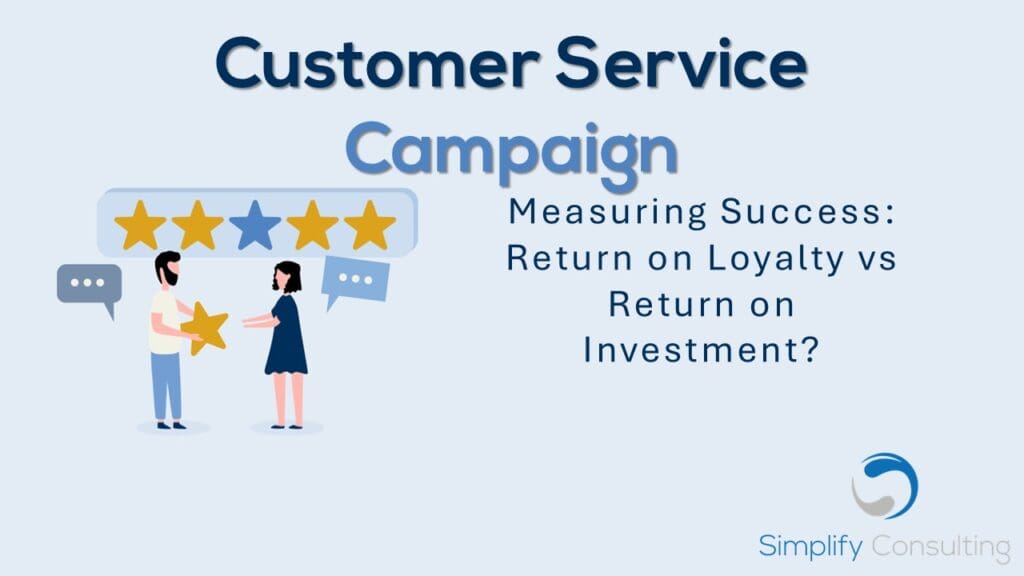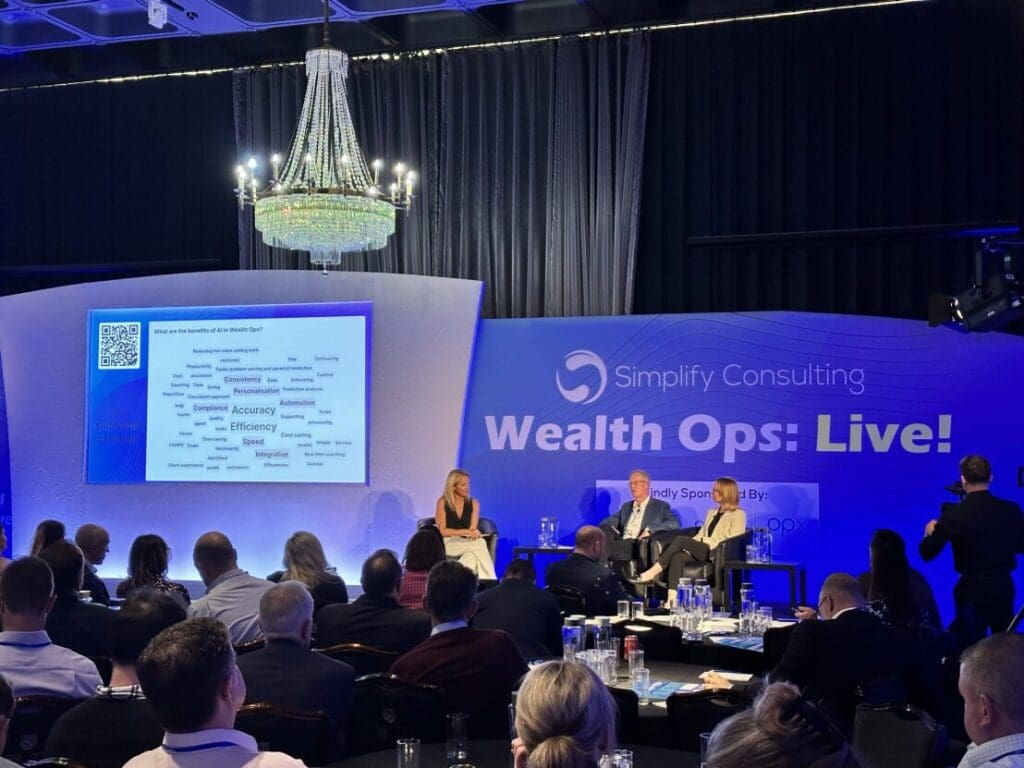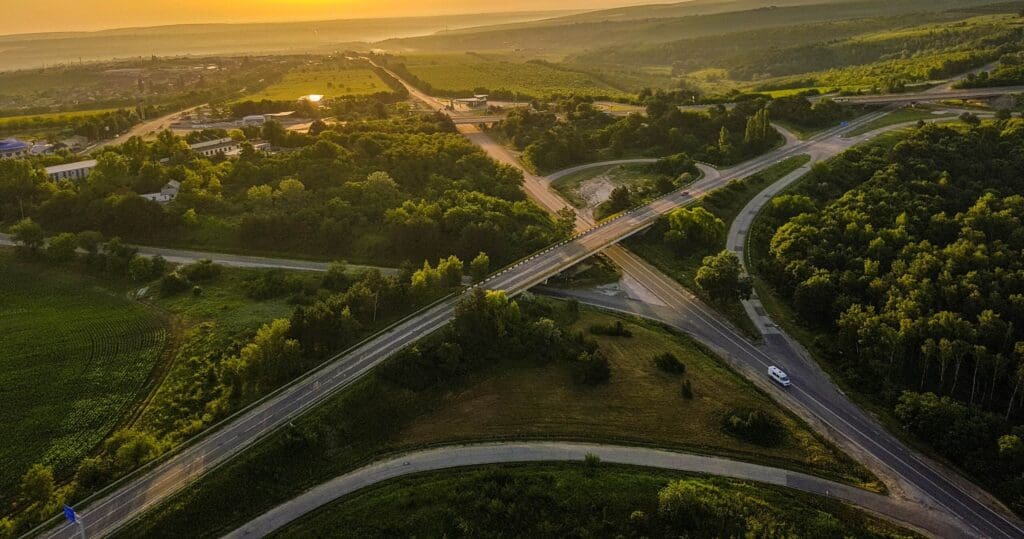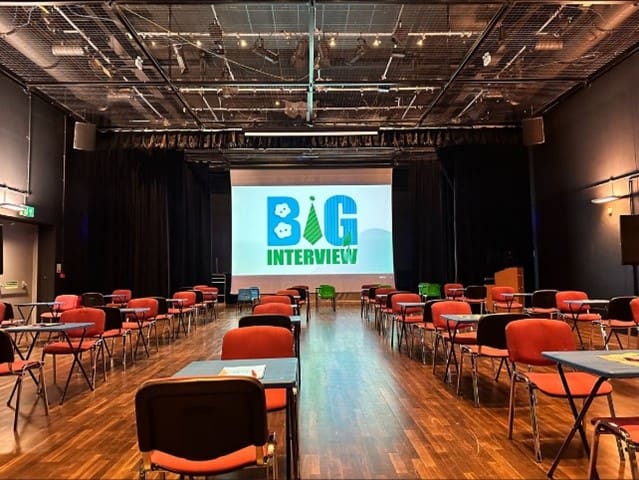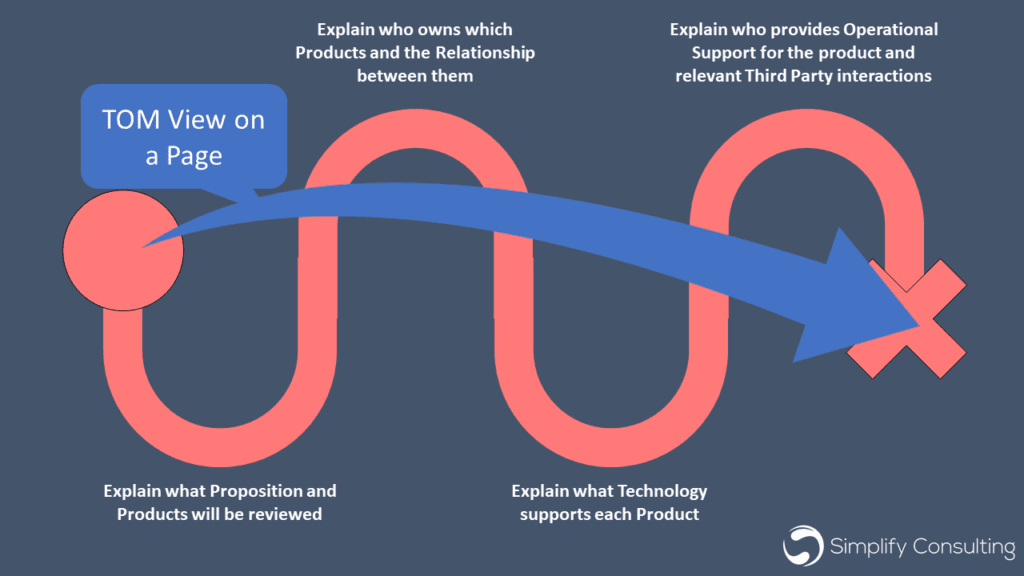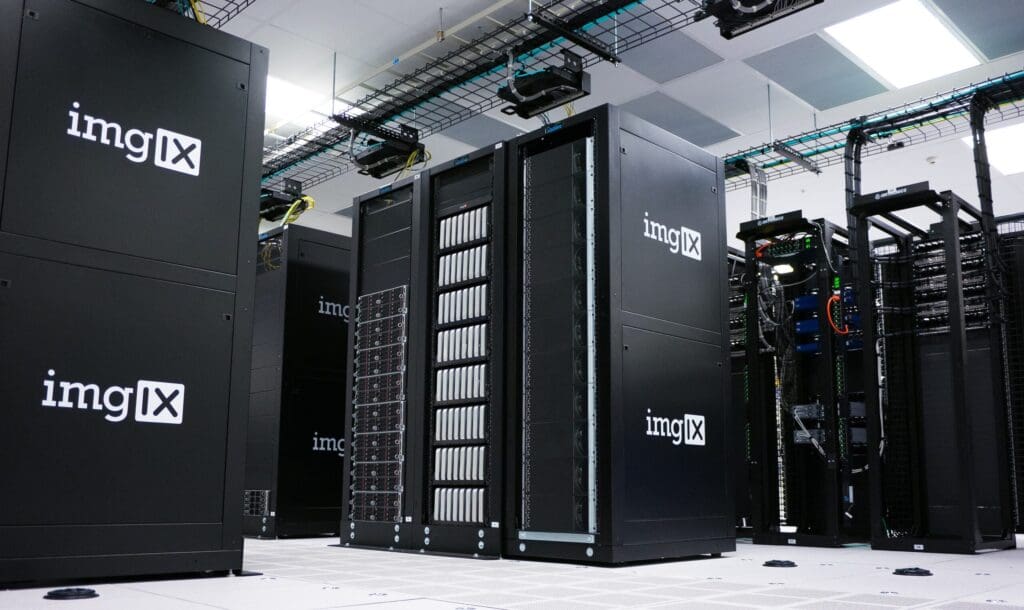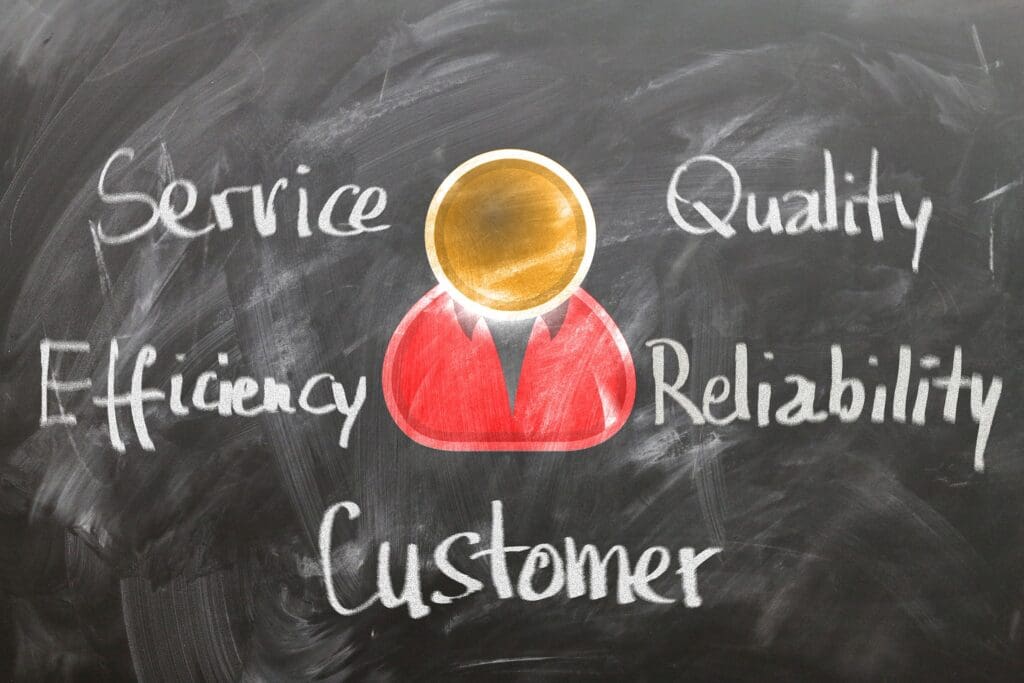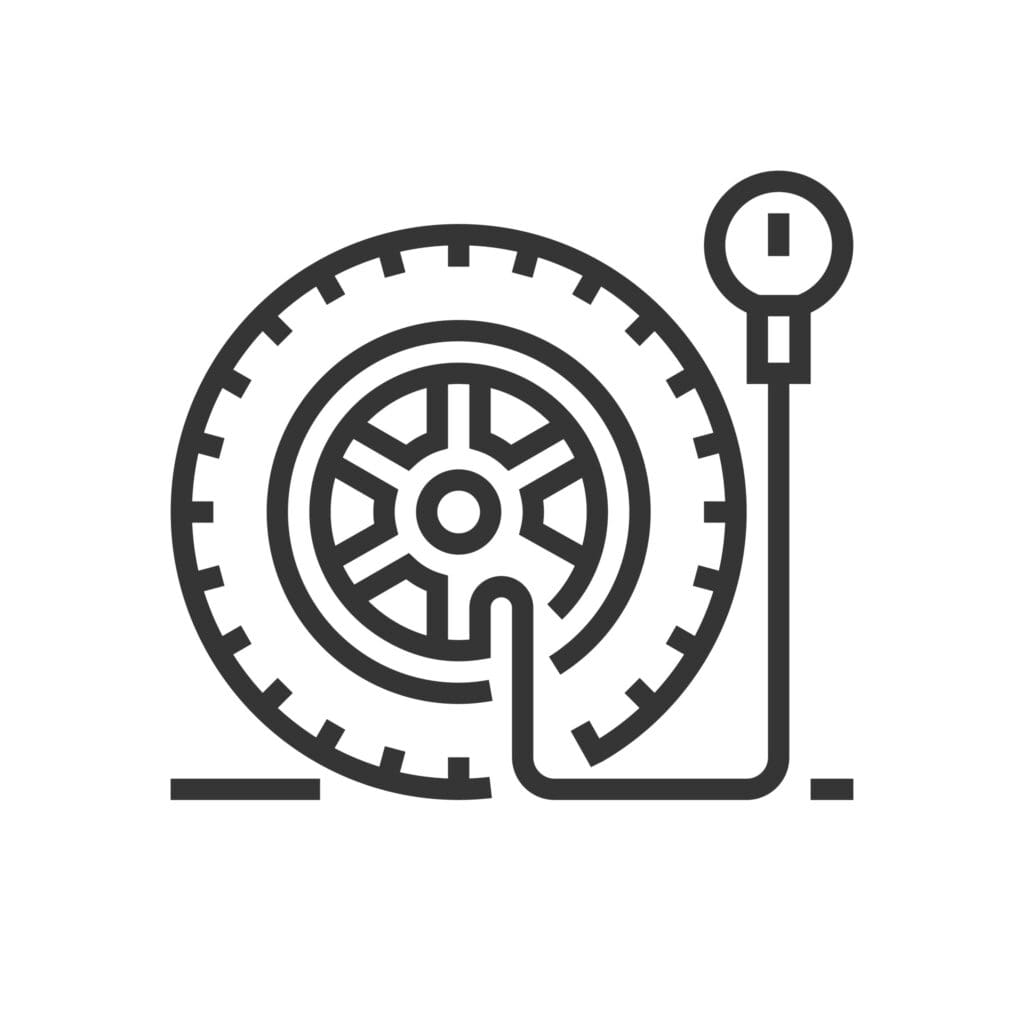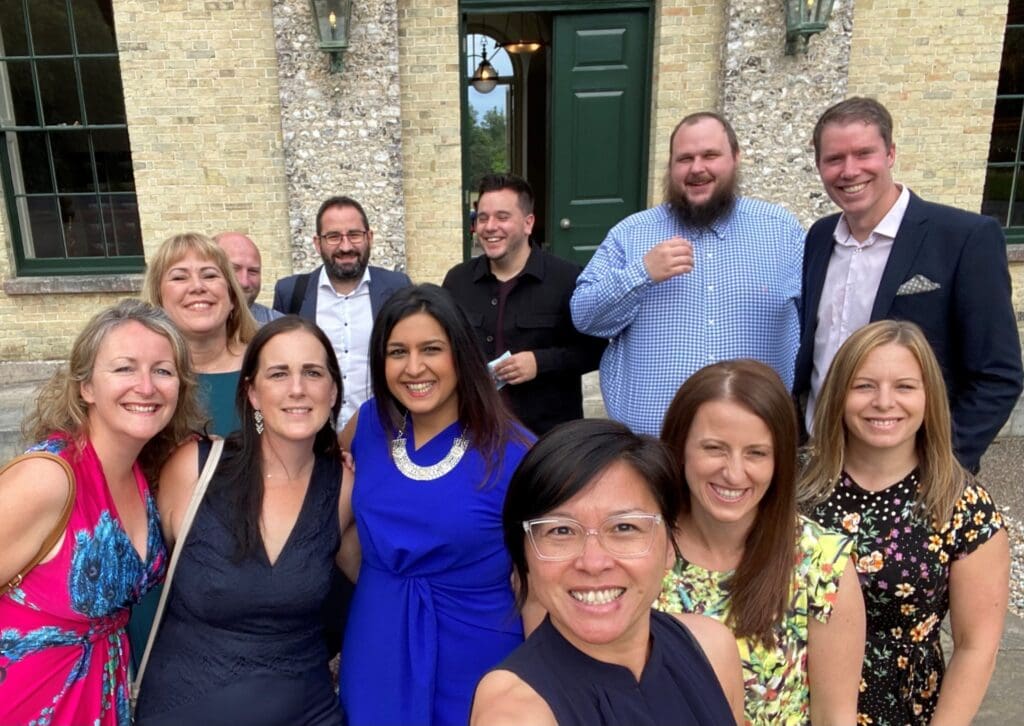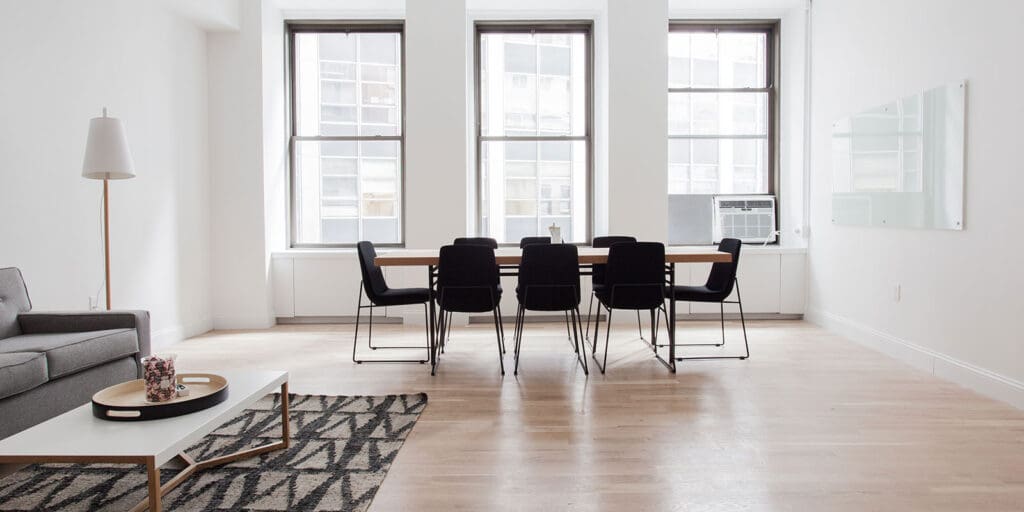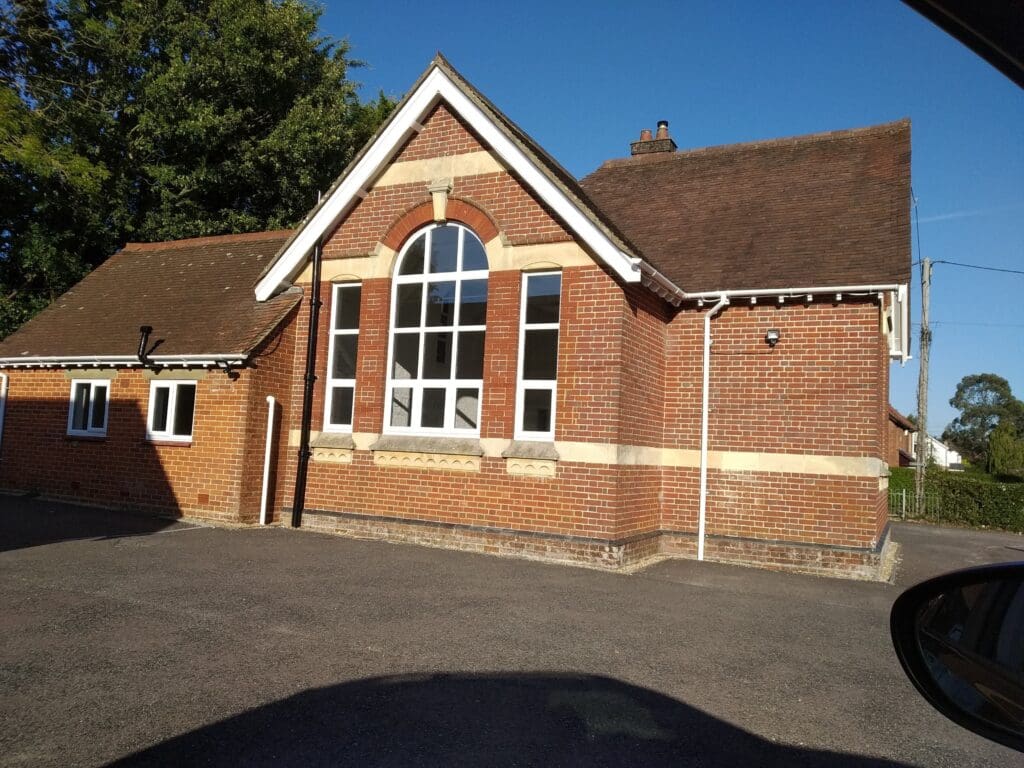In our previous article, we explored the different levels of IT architecture – Enterprise, Solution, Software and Security – using the analogy of designing a house. We saw how each level provides a different viewpoint, from the “city plan” (enterprise), elevations & floor plans (solution) and the “plumbing” (software).
In this article, we will extend the house analogy to explore the 4 architecture domains, Business, Data, Application & Technology:
Business Architecture
Business architecture is concerned with the business processes, organisational structures and information flows that support the business strategy.
Data Architecture
Data architecture is concerned with the data that is used by the business. This includes the data sources, data stores and data transformations.
Application Architecture
Application architecture is concerned with the software applications that are used by the business. This includes the application components, interfaces and data structures.
Technology Architecture
Technology architecture is concerned with the hardware and software infrastructure that supports the business. This includes the servers, storage and network infrastructure.
When we design and build a house, we don’t just think about the overall structure. We also consider what the house is for, what stuff will be inside, how the different parts will work together and the actual materials and tools we’ll use. These aspects are similar to the four key domains within architecture: Business, Data, Application and Technology.
Let’s see how these domains fit into our house-building analogy and relate to the architectural levels we discussed before.
The Four Pillars of Our House Design
Think of Business, Data, Application and Technology architecture as the fundamental pillars that we need to consider at every level of our house design:
- Business Architecture: Making the house a home? This is all about the purpose of our house. Is it a family home? A rental property? A shop with living quarters? Business architecture defines the needs and goals the house needs to fulfil. It aligns the people & their emotional needs to ensure that the house will fit into and enrich their lives.
- Data Architecture: What Stuff Will Be Inside? This focuses on all the “stuff” that will be in our house – furniture, clothes, kitchenware, books etc. Data architecture defines what kind of information our IT systems will manage, how it will be organised, where it will be stored, and how it will be accessed.
- Application Architecture: How Will the Different Parts Work Together? This is about how the different rooms and systems within our house will interact. How does the kitchen connect to the dining room? How does the heating system work throughout the house? Application architecture defines the software systems and how they communicate and work together to deliver the required functionality.
- Technology Architecture: What Materials and Tools Will We Use? This deals with the actual building materials (bricks, wood, concrete), the tools we’ll use to construct it, and the underlying infrastructure (foundation, roof structure). Technology architecture defines the hardware, software platforms, networks and other infrastructure components that support the applications and data.
Now, let’s see how these four domains are considered at each level of our architecture “hierarchy”:
Enterprise Architecture:
At the “city plan” level, Enterprise Architecture considers:
- Business Architecture: How does this type of house (residential, commercial) fit into the overall city plan and support the community’s needs? What are the overarching business goals the city aims to achieve?
- Data Architecture: What kind of city-wide data is important (e.g., population, traffic flow)? How will different buildings and services access and use this information?
- Application Architecture: What are the shared city-wide services and systems (e.g., public transport, emergency services)? How do different buildings interact with these?
- Technology Architecture: What are the city’s infrastructure standards (e.g., power grid, water supply)? How will new buildings connect to and utilise these resources?
Solution Architecture:
When designing our specific house, Solution Architecture considers:
- Business Architecture: What are the specific needs of the homeowner or business using this building? How will the layout and features support their activities? (e.g., open-plan living for a family, separate office space for a business).
- Data Architecture: What kind of “stuff” will this house need to store and manage (e.g., personal belongings, customer records)? How will this be organised within the house (e.g., wardrobes, filing cabinets)?
- Application Architecture: How will the different “systems” within the house work together? (e.g., how does the thermostat control the heating in different rooms, how do different smart home devices communicate?).
- Technology Architecture: What kind of materials and infrastructure will be used for this specific house? (e.g., type of foundation, heating system, network setup).
Software Architecture:
Software Architecture considers:
- Business Architecture: What specific business function does this software component support? (e.g., the ordering system, the customer database). This is like the purpose of the room and appliances within it to support how the homeowner wants the room layout to work.
- Data Architecture: How is the specific data managed and structured within this software component? (e.g., the tables in a database, the format of a customer record). This is like how clothes are arranged in a wardrobe or cutlery in a drawer.
- Application Architecture: How does this specific software component interact with other software components within the overall solution? (e.g., how does the order processing system talk to the inventory management system?). This is like detailing where the washing machine and dishwasher reside and are they in close proximity to the water supply and drainage?
- Technology Architecture: What specific technologies and frameworks are used to build this software component? (e.g., programming language, database technology). This is like specifying the type of pipes or wiring used for a particular appliance or whether a hob is gas or electric.
Security Architecture:
Security Architecture isn’t a separate level but rather a lens that we apply to Business, Data, Application and Technology at every level:
- Business Architecture: What are the security risks related to the business functions the house supports? (e.g., protecting valuable assets, ensuring privacy of residents/customers).
- Data Architecture: How will sensitive “stuff” be protected within the house? (e.g., locking away valuables, encrypting sensitive data).
- Application Architecture: How will the different “systems” in the house be secured? (e.g., secure access to smart home devices, secure communication between software components).
- Technology Architecture: What physical and digital security measures will be implemented? (e.g., strong locks, firewalls, intrusion detection systems).
Conclusion: A Holistic Approach to Building Great Things
Just like building a well-functioning and safe house requires careful consideration of its purpose, the materials inside, how everything works together and the security measures, successful IT projects rely on a holistic approach that integrates Business, Data, Application and Technology architecture across all levels – Enterprise, Solution, Software and Security.
By understanding how these domains intertwine and influence each other at each architectural level, we can create IT solutions that not only meet the specific needs of the business but also align with the overall organisational strategy, manage data effectively, function seamlessly, and remain secure.
And just like a home that requires continual maintenance and ownership, an architecture must be maintained and owned to keep it up to date and to ensure effective governance.
I hope this second look at the world of architecture has provided further clarity.
If you are looking at transforming your architecture, come and talk to us at Simplify Consulting!

Chris Moore
Head of Solution Architecture







